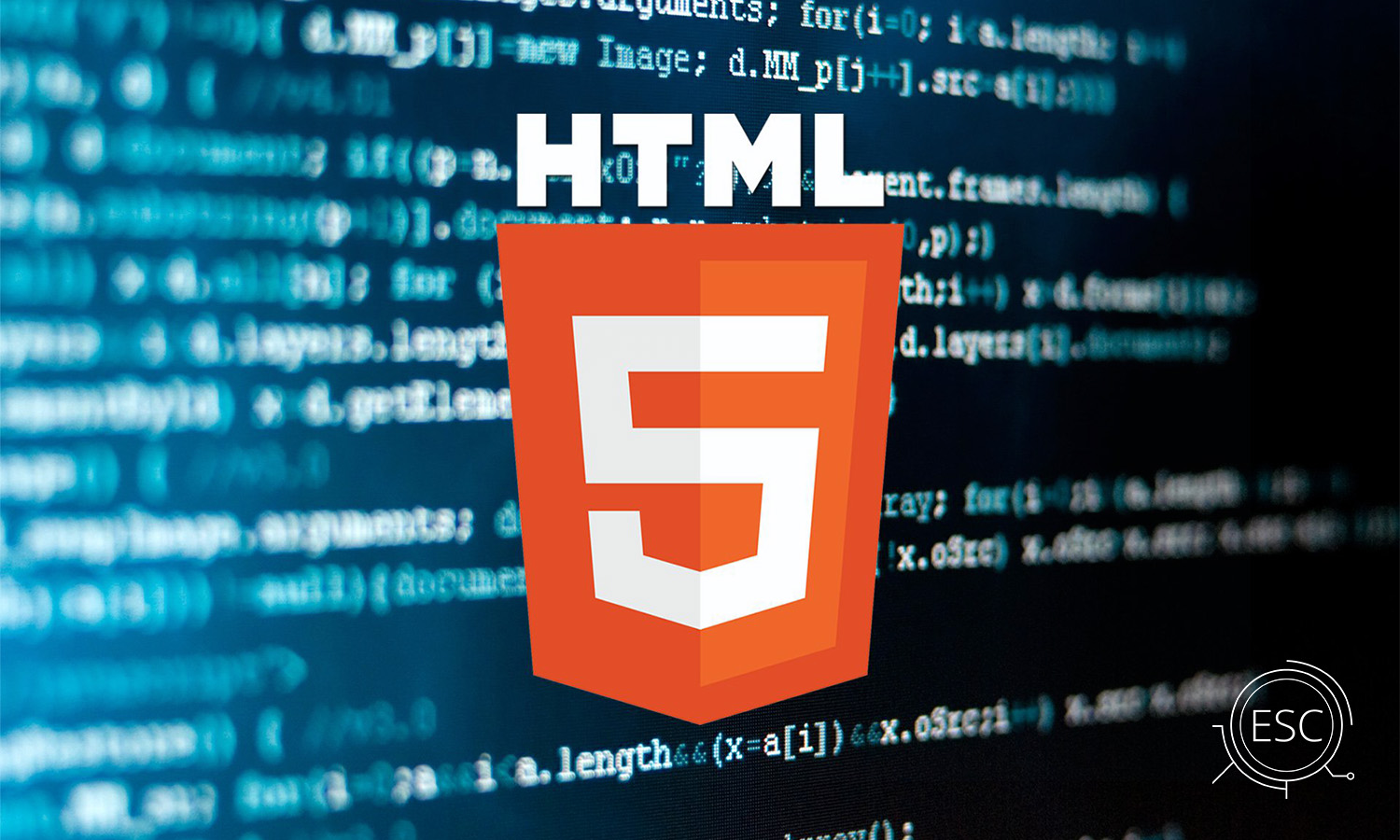The first article in our contact me form html series gives you your first experience in creating a contact form in HTML, including designing a simple form, implementing it using the appropriate HTML elements, adding very simple styling via CSS, and how the data is sent to a server.
What are HTML forms?
HTML structures are one of the central matters of cooperation between a client and a site or application. They allow users to submit data to the website. Most of the time the data is sent to the web server, but the web page can also intercept it for use on its own.
A HTML structure is comprised of at least one gadget. These widgets can be text fields (single or multi-line), check boxes, buttons, check boxes, or radio buttons. Most of the time these widgets are paired with a tag that describes their purpose – properly implemented tags are able to clearly instruct both sighted and blind users on what to enter into a data entry form.
Design of your form
Before you start coding, it’s always best to take a step back and take the time to think about your shape. Designing a quick mockup will help you define the correct set of data that you want to ask your user. From a user experience (UX) point of view, it is important to remember that the larger your form, the greater the risk of losing users. Keep it simple and focus: ask only for the data you need. Form design is an important step when building a site or application.
Our goals when creating an HTML5 form should be the following:
- Make the data insertion process as simple as possible for the user.
- Try to make the user experience as pleasant as possible.
- Try to keep the data entered in a predictable and expected format.
- Reduce errors when entering data where possible.
- Communicate clearly if errors occur when entering data.
Recommendations for creating forms
Some useful tips for creating forms that do not confuse the user.
- In a web system, in many occasions it is necessary to obtain information from the user and for this we use the forms, since this information will then be processed by the system that will allow the user to access new functionalities or access new content, for example a form of search where the user enters something they want to search and as a consequence the result of their request is shown, which is why below we will indicate some recommendations for the creation of forms.
- Asking for strictly essential information, as a heavily loaded form can confuse the user and cause really important fields to be left out along with other less important fields.
- Do not ask for the information twice, for example if a user is making a purchase and their address has been requested for billing, do not ask them again to enter a shipping address for the product instead ask if they want to use the same address as use in the billing part.
- Provide a title to the form that makes it clear to the user what its functionality is. The options that the user is asked must be affirmative.
- Organizing the fields of a form in a single column of data, one of the reasons and we cited the article Long Forms “A single column works better. Forms with two columns are more likely to have some fields overlooked by users, since they create an ambiguous reading order. Your eyes will move to where you expect to find the next field, which will usually be downward, vertically. They don’t wait for the blinking cursor to tell them where to look. «
- For instance, on the off chance that we have a structure that is utilized to make another client in the framework, it is advantageous to consider the catch that sends the enlistment demand «Make New User» rather than «Send».
- Control and oversee blunders in the structure, for instance featuring the fields where a mistake has happened, not resetting the structure, that is, the fields that are not mistaken must keep the data that the client has just entered.
- If a structure is long, as we have just referenced, the arrangement isn’t to separate it into a few sections, but instead to partition it into a few pages, making it clear in which step of the structure cycle we are.




